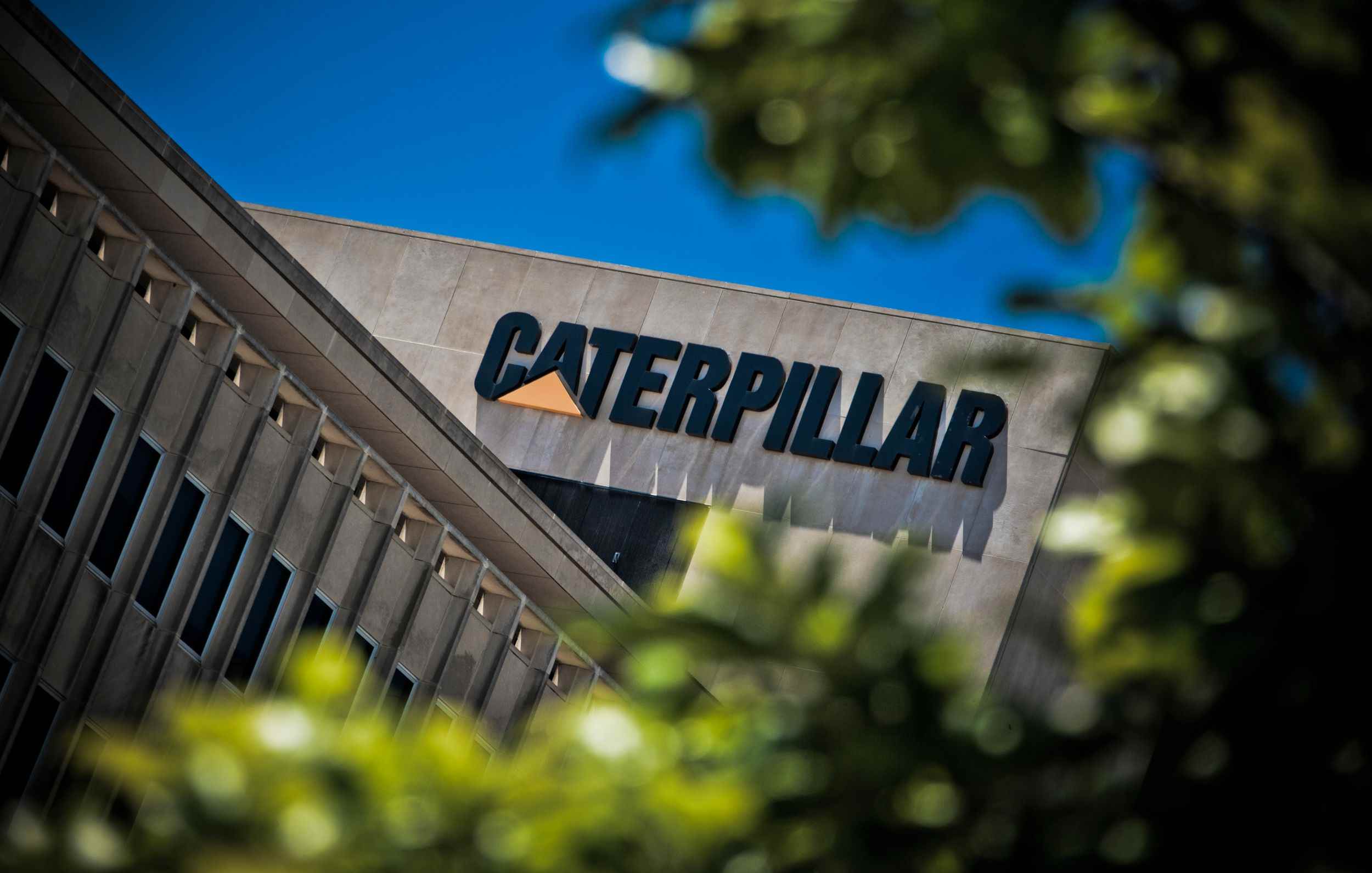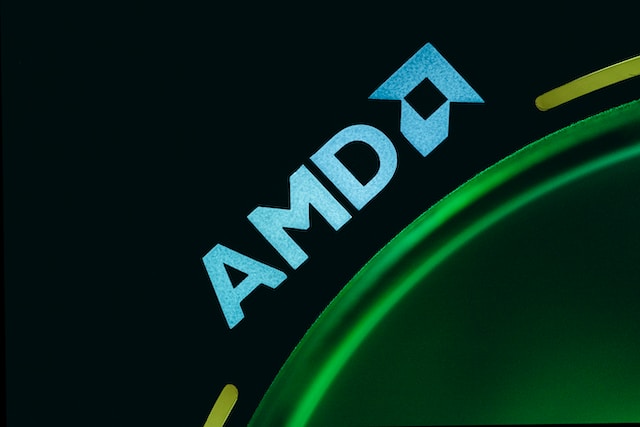Pediatrix (MD) Q2 EPS Jumps 56%

Key Points
Non-GAAP EPS of $0.53 significantly beat the $0.42 estimate, Non-GAAP EPS of $0.53 increased 55.9% compared to the second quarter of 2024.
Adjusted EBITDA grew 26.4% compared to the second quarter of 2024, outpacing both internal and external expectations.
Revenue (GAAP) fell 7.4% year over year on practice divestitures, but hospital-based neonatology services posted strong same-unit growth, with neonatal intensive care unit (NICU) days up 6.0%.
Pediatrix Medical Group (NYSE:MD), a leader in neonatal and maternal-fetal healthcare services, reported its second-quarter 2025 earnings on August 5, 2025. The company delivered a standout quarter, with non-GAAP earnings per share (EPS) of $0.53, beating analyst expectations of $0.42 by 25.9% (non-GAAP). While revenue (GAAP) edged above forecasts at $468.8 million, Pediatrix’s net revenue declined 7.4% compared to the first quarter of 2024, mostly due to business divestitures. Overall, Pediatrix turned in a profitable period, signaled confidence for the year ahead, and showed core strength in its hospital-based practice areas.
| Metric | Q2 2025 | Q2 2025 Estimate | Q2 2024 | Y/Y Change |
|---|---|---|---|---|
| EPS (Non-GAAP) | $0.53 | $0.42 | $0.34 | 55.9% |
| Revenue (GAAP) | $468.8 million | N/A | $504.3 million | (7.0%) |
| Adjusted EBITDA | $73.2 million | $57.9 million | N/A | |
| Net Income (GAAP) | $39.3 million | $(153.0) million | N/A | |
| Cash and Cash Equivalents | $224.7 million | $229.9 million(as of Dec 31, 2024) | -2.3% |
Source: Analyst estimates provided by FactSet. Management expectations based on management's guidance, as provided in Q1 2025 earnings report.
Company Overview and Focus Areas
Pediatrix specializes in comprehensive neonatal and maternal-fetal medical services. It operates more than 350 Neonatal Intensive Care Units (NICUs) in 30 states and employs over 1,300 neonatal physicians. The company partners with almost 400 hospitals and reported that approximately 67% of its net revenue was generated in its five largest states during 2024, with Texas contributing about one-third.
Recent business initiatives emphasize strengthening its core specialty services, such as hospital-based neonatology and maternal-fetal medicine, where market demand remains robust. Success depends on its hospital contracts, strong relationships with healthcare payors, and continual integration of technology, such as revenue cycle optimization to improve billing efficiency and collections. Compliance with healthcare regulations and maintaining a stable payor mix are also critical for stability and ongoing contract eligibility.
Quarterly Performance: Growth, Efficiency, and Portfolio Restructuring
Hospital-based patient services saw a 3.9% increase in volume versus the prior year, driven by same-unit net revenue growth of 6.4%. The NICU segment experienced a 6.0% rise in patient days. In contrast, office-based patient services volumes grew by only 1.9%, highlighting that core hospital practices remain the primary source of growth.
Improved profitability resulted from cost control, favorable same-unit results, and practice disposition activity. Practice salaries and benefits expenses declined 9.6% to $323.5 million compared to the prior-year period as the company exited select non-core practices. General and administrative costs declined 1.6% to $55.7 million compared to the prior-year period, despite higher incentive compensation, and transformational and restructuring related expenses declined 72.1% to $3.8 million compared to the prior-year period. Cash from operations increased to $138.1 million, up from $109.3 million in the second quarter of 2024.
On the technology front, while Pediatrix did not announce major new digital initiatives, improvements in collections and stable days sales outstanding -- at around 48 days and down over 4 days year over year -- indicate progress in revenue cycle management. This area includes systems for patient billing, tracking reimbursements, and managing payor relationships, all crucial for converting clinical activity into cash and minimizing bad debt risk.
From a balance sheet perspective, Pediatrix maintained a healthy cash position of $224.7 million as of June 30, 2025 and reported total debt of $606 million as of June 30, 2025. The company’s net leverage ratio stands at about 2.2x adjusted EBITDA, based on the midpoint of the updated full-year 2025 adjusted EBITDA outlook, which management described as "providing both safety and opportunity." With no borrowings on its $450 million credit revolver as of June 30, 2025, and cash reserves of $224.7 million, the company maintained a strong capital structure and liquidity position. There were no new major practice acquisitions or divestitures noted, and management signaled the portfolio reshaping is largely complete.
Looking Ahead: Guidance and Trends
Management raised its adjusted EBITDA outlook for fiscal 2025 from a prior range of $220 million–$240 million to $245 million–$255 million. The increase reflects higher patient acuity in hospital-based specialties and improved cost management. The company did not offer specific revenue or EPS guidance for the next quarter, but noted the raised EBITDA guidance signals confidence in the balance of the year.
The updated guidance comes with continued caution, as management acknowledges sector volatility and the challenges of relying heavily on hospital partnerships. The completion of restructuring leaves future growth reliant on expanding current practice volumes, enhancing reimbursement rates, or selective acquisitions. Investors should watch trends in hospital-based patient volumes, shifts in reimbursement rates, and the company's ability to maintain efficient cost structures.
Revenue and net income presented using U.S. generally accepted accounting principles (GAAP) unless otherwise noted.
Where to invest $1,000 right now
When our analyst team has a stock tip, it can pay to listen. After all, Stock Advisor’s total average return is 1,039%* — a market-crushing outperformance compared to 181% for the S&P 500.
They just revealed what they believe are the 10 best stocks for investors to buy right now, available when you join Stock Advisor.
*Stock Advisor returns as of August 4, 2025
JesterAI is a Foolish AI, based on a variety of Large Language Models (LLMs) and proprietary Motley Fool systems. All articles published by JesterAI are reviewed by our editorial team, and The Motley Fool takes ultimate responsibility for the content of this article. JesterAI cannot own stocks and so it has no positions in any stocks mentioned. The Motley Fool has no position in any of the stocks mentioned. The Motley Fool has a disclosure policy.





